
Sir, on July 1, 2025, the Government issued Decree No. 180/2025/ND-CP detailing public-private partnership (PPP) in the fields of science , technology, innovation and digital transformation. So, what are the breakthroughs in this Decree?
The issuance of Decree 180/2025/ND-CP has created a clear legal corridor, promoted cohesion among relevant parties, and effectively mobilized social resources for research, application and technology transfer, contributing to accelerating the national digital transformation process.
The Decree has specified each field and product group that can be subject to public-private cooperation in specialized fields such as science and technology, innovation and digital transformation. For example, digital transformation projects, scientific research and product commercialization projects, digital infrastructure construction projects, and strategic technology development according to Government regulations.
At the same time, the project procedures and contents are designed to be as simple as possible. The Decree allows the application of the fastest and simplest forms of investor selection, such as investor designation or investor selection in special cases for PPP investment projects in the fields of science and technology, innovation and digital transformation. The implementation process also eliminates the step of establishing investment policies, helping to shorten the time for project preparation and implementation.
In addition, the Decree stipulates many outstanding incentive policies for the science and technology sector, including tax incentives, land use fee exemptions, and incentives related to revenue compensation for investors. Specifically, in the first 3 years, the State is willing to compensate 100% of the decrease in revenue compared to the initial expectations of the investor. If after this period the expectation is still not met, the State can buy back the project and pay all valid costs of the investor.
For forms of public-private partnership such as using public assets for joint ventures and associations, the Decree has amended a number of provisions to create more convenience. For example, when cooperating, it is not necessary to establish a new legal entity, and it is not required to value public assets. The Decree also stipulates the principle of profit sharing based on the ratio of asset contribution, including intangible assets such as intellectual property, software copyright, or data, issues that units previously encountered difficulties in joint ventures and associations.
The Decree is also designed in the direction of maximum decentralization, in line with the policy of amending the Law on PPP Investment. For example, decentralization allows heads of autonomous public service units to decide on asset valuation and approve joint venture and association projects, creating favorable conditions for these units when using assets for public-private cooperation.

What solutions do the Bidding Management Department and the Ministry of Finance have to continue removing obstacles and accompanying technology enterprises in implementing PPP projects in the coming time, sir?
During the process of drafting the Decree, the Ministry of Finance, chaired by the Bidding Management Department, closely coordinated with state agencies and technology enterprises to have outstanding policies that are suitable for practice. After the Decree was issued, the Ministry of Finance urged agencies and enterprises to research and propose PPP projects.
To date, the Ministry of Finance has received project portfolio proposals from about 10 ministries, branches and more than 20 localities, with about 60-70 projects. The Ministry is working directly with these units to determine the feasibility of the projects. For example, the Ministry has worked with the People's Committee of Da Nang City on the "Digital Copy" project and the Science and Technology Exchange... In the coming time, the Ministry of Finance will continue to guide and accompany state agencies and enterprises, provide legal support and experts to promote project implementation.
In addition, the Ministry of Finance is developing a Public-Private Partnership Handbook, focusing on project groups such as data mining, digital infrastructure development, and data centers. At the same time, the Ministry is coordinating with the Ministry of Education and Training and the Ministry of Science and Technology to promote the "three-house" cooperation model: State - School - Enterprise, for example, the project to develop innovation centers in high-tech zones.
However, currently, businesses participating in PPP are still concerned about the lengthy procedures, especially in the field of technology with rapid change. This can discourage investors. Therefore, the authorities are actively amending regulations to simplify procedures, considering progress as a top priority.
The leaders of the Ministry of Finance regularly pay attention and request the Bidding Management Department and related units to be ready to support, listen to difficulties and problems and issue new documents and policies if necessary. The Ministry of Finance hopes that State agencies and technology enterprises will closely coordinate to implement issued policies and turn them into practical projects.
Sir, in the context of Vietnam aiming for double-digit growth in the 2026 - 2030 period, what role is public-private partnership (PPP) in the field of science and technology expected to play in the socio-economic development strategy in the coming time?
The public-private partnership model not only takes advantage of capital resources from the private sector but also exploits management and operational capacity and creative ideas. The State can order enterprises to research strategic technology products "Make in Vietnam", then enterprises participate in commercialization. This overcomes the limitations of previous scientific research topics that have little practical application. With the participation of enterprises from the beginning, from the project proposal, investment, research and profit sharing stages, PPP promises to bring great benefits to science and technology and economic development.
A typical successful project of PPP in the field of science and technology, innovation and digital transformation is the National Bidding Network system, a product of the BOT project implemented by the Bidding Management Department. This system currently operates 100% of bidding packages online, publicizes information and is operated smoothly by investors, minimizing problems compared to the previous time when it was undertaken by State agencies. In addition, many universities and research institutes also cooperate with State agencies to solve science and technology problems and exploit data.
In general, with many Resolutions of the Party and State on science, technology and innovation, setting the goal of Vietnam achieving double-digit growth in the 2026-2030 period and becoming a high-income developed country by 2045, the PPP form and Decree 180 are expected to exert important leverage.
Public-private partnerships are considered to have great potential, contributing to the common development, especially in the field of science and technology, where technology enterprises play an important role. Participating in major State projects as partners, jointly designing regulations and proposing innovative ideas and new technologies, will help realize the goal of making Vietnam an advanced country in science and technology by 2045.
Thank you very much!
Source: https://baotintuc.vn/kinh-te/dot-pha-tu-mo-hinh-hop-tac-cong-tu-trong-linh-vuc-khoa-hoc-va-cong-nghe-20251103105354821.htm


![[Photo] The road connecting Dong Nai with Ho Chi Minh City is still unfinished after 5 years of construction.](https://vphoto.vietnam.vn/thumb/1200x675/vietnam/resource/IMAGE/2025/11/04/1762241675985_ndo_br_dji-20251104104418-0635-d-resize-1295-jpg.webp)

![[Photo] Ho Chi Minh City Youth Take Action for a Cleaner Environment](https://vphoto.vietnam.vn/thumb/1200x675/vietnam/resource/IMAGE/2025/11/04/1762233574890_550816358-1108586934787014-6430522970717297480-n-1-jpg.webp)
![[Photo] Ca Mau "struggling" to cope with the highest tide of the year, forecast to exceed alert level 3](https://vphoto.vietnam.vn/thumb/1200x675/vietnam/resource/IMAGE/2025/11/04/1762235371445_ndo_br_trieu-cuong-2-6486-jpg.webp)

![[Photo] Panorama of the Patriotic Emulation Congress of Nhan Dan Newspaper for the period 2025-2030](https://vphoto.vietnam.vn/thumb/1200x675/vietnam/resource/IMAGE/2025/11/04/1762252775462_ndo_br_dhthiduayeuncbaond-6125-jpg.webp)
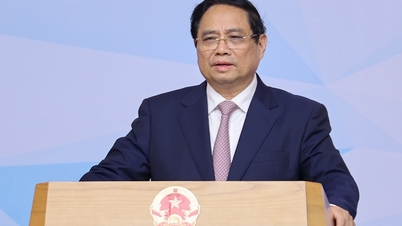






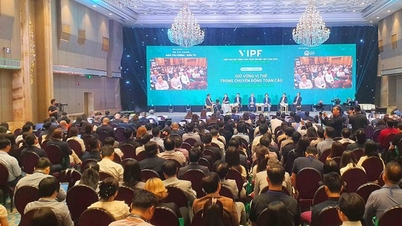

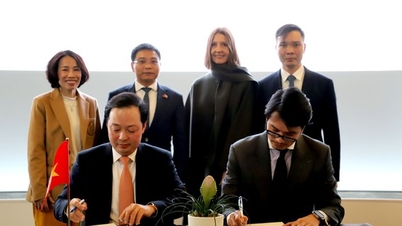


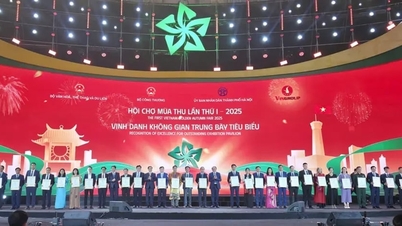













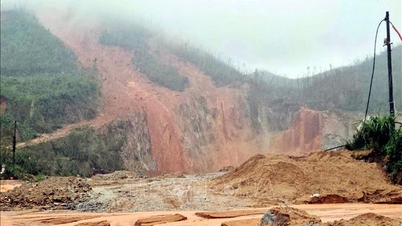



































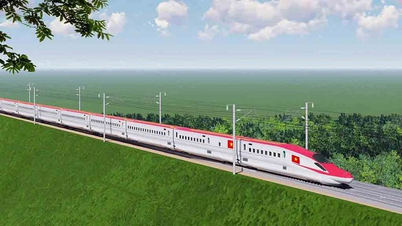
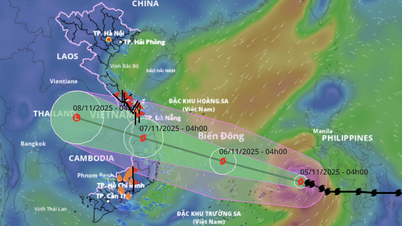

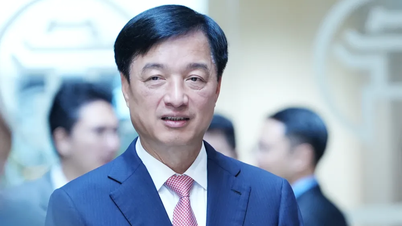


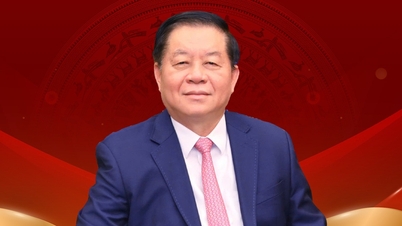
















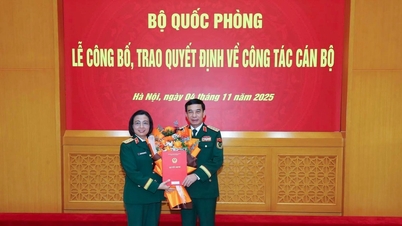
















Comment (0)